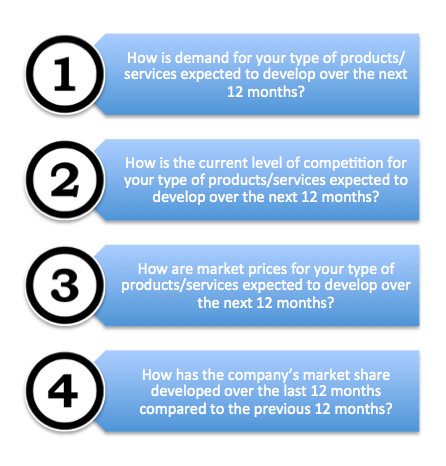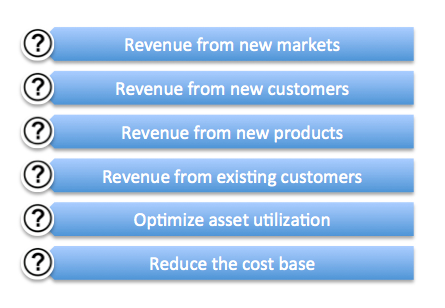m
If you are a frequent business traveler who travels alone, then you often have the opportunity to overhear other business travellers’ conversations. What do your fellow business people actually talk about?
How they can make the world a better place?
How they can provide better value to their customers?
Never!is
Listen to the conversations and you will find that 99.9% of the content is about internal misalignment, mostly presented in an “us – them” framework. People complain about the behavior of other people in the organization – up, down and sideways.
How much energy, time and resources are organizations wasting due to misalignment?
Have you ever been in a merger situation? In such situations, the misalignment issue is obvious and out in the open. Probably more than 75% of the energy, time and resources in such situations are “allocated” to introverted speculation, political positioning and idling.
In a typical organization (not in merger mode), I will claim that somewhere around 25-50% of the energy, time and resources are “wasted” due to misalignment issues.
A simple test – four questions & six priorities
Ask each individual member of a business unit to assign “increase, stay the same or decrease” to the following four questions:
 You will be surprised to learn that the answers will not be the same. In none of the teams, where we have asked these four questions, have we received identical answers from the individual team members.
You will be surprised to learn that the answers will not be the same. In none of the teams, where we have asked these four questions, have we received identical answers from the individual team members.
Now ask the members of the same group to individually rank the importance of the six sources for financial performance:
 Again you will find that the individual priorities are completely out of sync.
Again you will find that the individual priorities are completely out of sync.
Does it matter?
Is it really that important for a business team to be aligned on the perception of the issues above?
Yes. It is vital.
Setting realistic and relevant objectives must be closely related to these issues. The strategy, the plans and the KPI’s will be fundamentally different for different scenarios. Allowing the members of a business team to have different perceptions of the market situation and to have different perceptions of the priority of the six sources for financial performance is an invitation to an arbitrary pull and push in all directions. It should come as no surprise that complaining about the behaviours of other people in the organization – up, down and sideways – is a popular exercise.
Why is misalignment accepted?
 Disagreements are considered healthy.
Disagreements are considered healthy.
By having disagreement you can test the validity of positions and strategies. However, very few organizations have a structured and systematic framework for measuring the degree of misalignment and the instruments required for the remedy. Therefore, most organizations consider misalignment a “fact of life” – something that they will have to accept.
However there are fundamental issues about which you cannot afford to disagree all the time and forever. There are times where the disagreements must be aligned.
The issues that you must secure synchronization and alignment about at regular intervals are:
- The reason for being in business
- The customer value proposition
- The market situation
- The sources for growth
- The objectives
- The strategy (the general approach to achieve your objectives)
- The importance of the management areas
- The plans and the KPI’s
Disagreements over facts can be aligned by actually getting the facts on the table and keeping them updated (for instance data on the external market situation).
Alignment on what to do in the future (to achieve the organization’s objectives) requires systematic and regular testing of the individual’s perception of the strategy, the plans and the KPI’s. Only by comparing the individual perceptions can we identify and remedy misalignment.
An additional management overhead?
Is the alignment effort just an additional management overhead on top of all the other “internal” stuff?
If the alignment exercise can release 25-50% of an organization’s time and energy, then it is definitely worthwhile considering.
By using some of the principles from the balanced scorecard framework it is possible to develop situation-specific questionnaires which can test the degree of alignment in any business unit. Such questionnaires should not take more than 60 minutes to complete. By using modern web-based survey tools the mapping and reporting is performed automatically.
Based on the alignment mapping provided by the survey, a one-day workshop with the business team is usually enough to eliminate the most severe misalignment problems.
–ooOoo–
I write about issues related to revenue growth and globalization in the software industry.
You can follow me on Twitter: @hpbech
